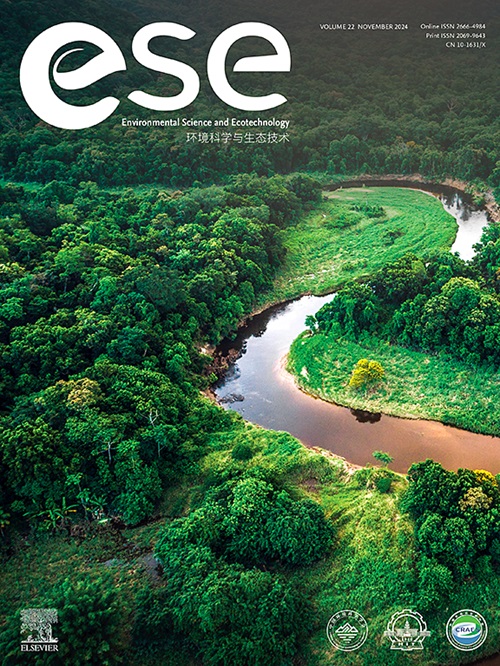Urban fabric decoded: High-precision building material identification via deep learning and remote sensing
IF 14.3
1区 环境科学与生态学
Q1 ENVIRONMENTAL SCIENCES
引用次数: 0
Abstract
Precise identification and categorization of building materials are essential for informing strategies related to embodied carbon reduction, building retrofitting, and circularity in urban environments. However, existing building material databases are typically limited to individual projects or specific geographic areas, offering only approximate assessments. Acquiring large-scale and precise material data is hindered by inadequate records and financial constraints. Here, we introduce a novel automated framework that harnesses recent advances in sensing technology and deep learning to identify roof and facade materials using remote sensing data and Google Street View imagery. The model was initially trained and validated on Odense's comprehensive dataset and then extended to characterize building materials across Danish urban landscapes, including Copenhagen, Aarhus, and Aalborg. Our approach demonstrates the model's scalability and adaptability to different geographic contexts and architectural styles, providing high-resolution insights into material distribution across diverse building types and cities. These findings are pivotal for informing sustainable urban planning, revising building codes to lower carbon emissions, and optimizing retrofitting efforts to meet contemporary standards for energy efficiency and emission reductions.

解码城市肌体:基于深度学习和遥感的高精度建筑材料识别
建筑材料的精确识别和分类对于城市环境中碳减排、建筑改造和循环相关的策略至关重要。然而,现有的建筑材料数据库通常仅限于个别项目或特定的地理区域,只能提供大致的评估。不充分的记录和财政限制阻碍了获取大规模和精确的材料数据。在这里,我们介绍了一个新的自动化框架,利用遥感数据和谷歌街景图像,利用最新的传感技术和深度学习来识别屋顶和立面材料。该模型最初在欧登塞的综合数据集上进行了训练和验证,然后扩展到丹麦城市景观的建筑材料特征,包括哥本哈根、奥胡斯和奥尔堡。我们的方法展示了模型的可扩展性和对不同地理环境和建筑风格的适应性,为不同建筑类型和城市的材料分布提供了高分辨率的见解。这些发现对于为可持续城市规划提供信息、修订建筑规范以降低碳排放、优化改造工作以满足当代能效和减排标准至关重要。
本文章由计算机程序翻译,如有差异,请以英文原文为准。
求助全文
约1分钟内获得全文
求助全文
来源期刊

Environmental Science and Ecotechnology
Multiple-
CiteScore
20.40
自引率
6.30%
发文量
11
审稿时长
18 days
期刊介绍:
Environmental Science & Ecotechnology (ESE) is an international, open-access journal publishing original research in environmental science, engineering, ecotechnology, and related fields. Authors publishing in ESE can immediately, permanently, and freely share their work. They have license options and retain copyright. Published by Elsevier, ESE is co-organized by the Chinese Society for Environmental Sciences, Harbin Institute of Technology, and the Chinese Research Academy of Environmental Sciences, under the supervision of the China Association for Science and Technology.
 求助内容:
求助内容: 应助结果提醒方式:
应助结果提醒方式:


